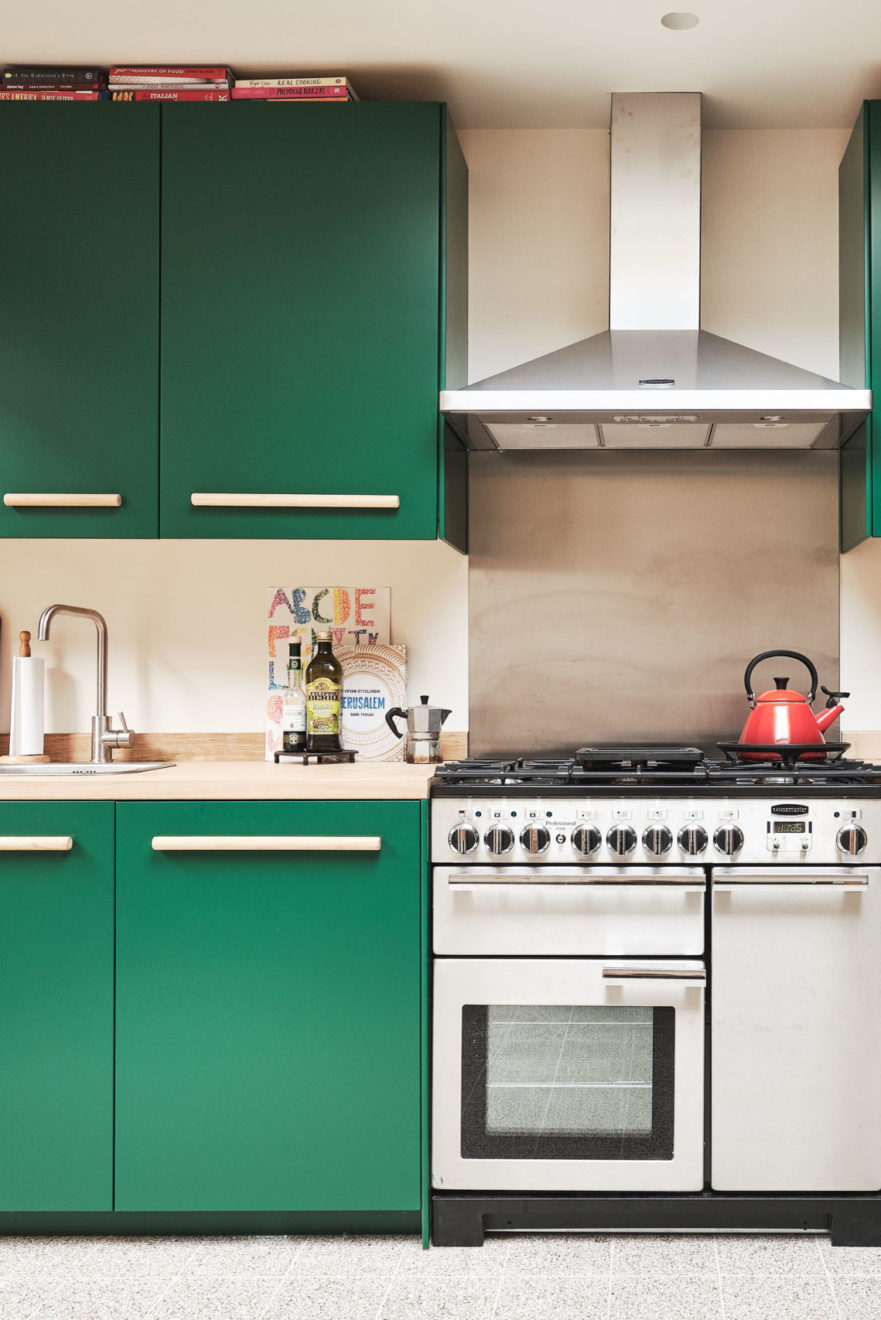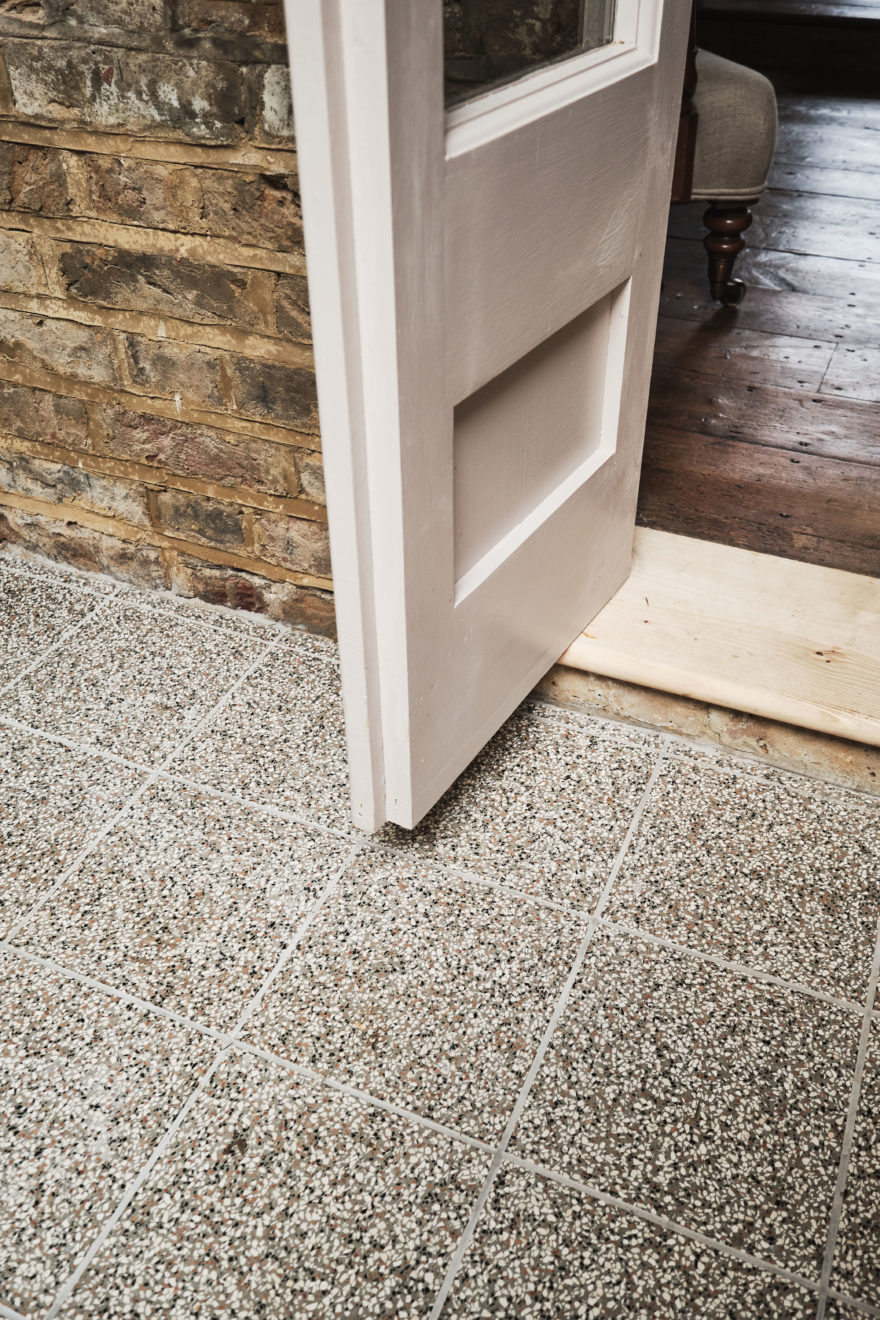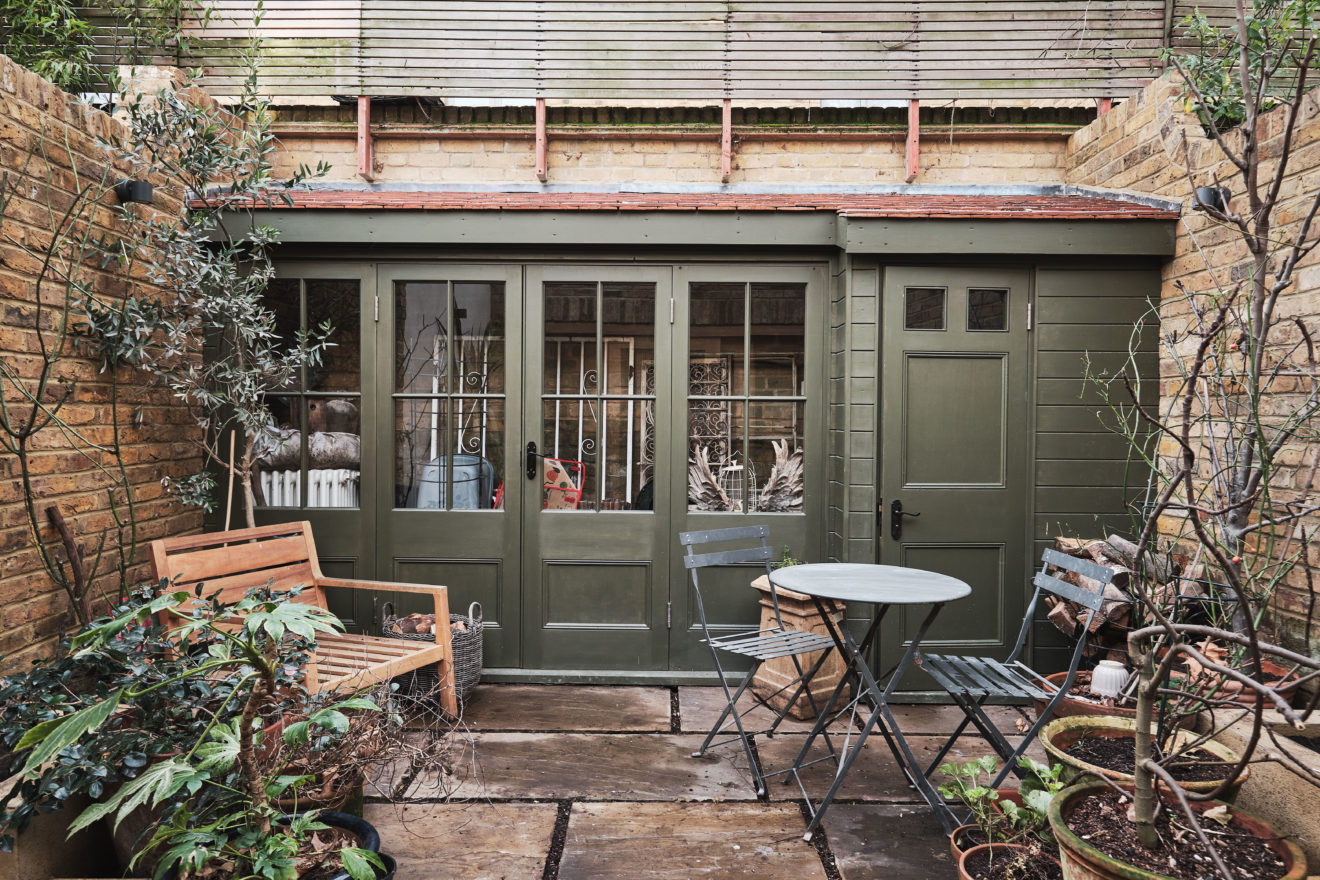Durham Row (part one): meet the owners
As their beautifully restored Georgian terraced house comes on to the market, we chat to the owners of Durham Row to delve into the history of their storied east London home and discover how they approached a complete and sensitive renovation on the previously neglected property.
We’ve lived here for 10 years and we loved the house as soon as we saw it. After living in a very busy part of east London for several years, we were looking for somewhere close to the East End neighbourhoods that we loved but quieter and more private. Somewhere to escape to at the end of the day.
When we viewed it, the house had been neglected and was begging for someone to take care of it. It had been unsympathetically and poorly modernised by its former owner but we definitely saw its potential. We loved the cosiness, the quietness, the rickety staircase and crooked walls. All very Dickensian and in an area so rich with history. It’s also remarkably green, with the Regent’s Canal, Mile End and Victoria Park on the doorstep.
Yes, the house was built sometime between 1790 and 1815 and the street used to be called Church Row. The house spent much of its life as a shop. When we bought it, it had been owned by the same person since the 1970s and was being used as an electrician’s shop. Before this, it had been a shoe shop. We once had a black cab driver in the living room who was moved to tears after remembering buying his shoes here as a child!
At the turn of the 20th century, the house was a children’s outfitters owned by a man who lived here with his family and even further back, it was owned by a bootmaker. We found lots of leather shoe soles, clay pipes and oyster shells when we did the garden. There used to be a florist and a butcher on the street, too.
Several houses on the street were badly bomb-damaged during WW2 and had to be demolished, these included a grand house at the end of the road and a row of identical terraced houses like these. The whole street was marked for demolition before English Heritage thankfully listed the remaining houses in the 1970s.
We knew from the beginning that we wanted to draw heavily on the Huguenot silk weaving houses of Spitalfields. The house is a similar age, and whilst the townhouses of Spitalfields are much larger and grander, they have similar Georgian proportions and quirks. The Spitalfields Trust’s restoration work in the area was a big influence. Dennis Severs’ house is wonderful and I am always inspired by Sir John Soane’s house in Lincoln’s Inn Fields, as well as Jocasta Innes’ former home in Spitalfields.
Originally, I wanted drab but historically accurate Georgian colours and a period extension, however, I realised that pairing the Georgian aesthetic with more contemporary colours and design would make the house more relevant and liveable. The bathroom was inspired by the bathroom in the Luca Guadagnino film A Bigger Splash, which is set on the Italian island of Pantelleria. I love how terrazzo is used in Italy and I wanted the kitchen to give a nod to mid-century Italian design. The kitchen design was based on a 1960s kitchen I saw in Sicily.
With more time, we’d have added an extra bedroom on the top floor with a modern lightweight mansard roof. I also envisaged a glass rooftop conservatory as is typical in grander Georgian houses, but with a contemporary design to complement the kitchen. I’d also add Vitsoe shelving in the kitchen.
We knew Chris Dyson had worked on many restoration projects in the area around Spitalfields, it’s also where he lives and has his practice. As such, we were confident we’d have a team of architects who would instantly understand our vision and be able to build upon it. We were able to work and consult with some of the area’s most skilled carpenters, builders and tradespeople, many of whom had already worked on the very Georgian houses we were referencing.
Do it all at once if you can! We don’t regret any of the work we did, but because we designed and renovated the house bit by bit, it took a huge amount of energy and time over several years and that was tiring. You should also be prepared to adapt your plans and always consider what is going to practical and liveable.
For a time, I was hooked on recreating a period house that in hindsight, would have ended up being more of a museum than a home where modern life takes place. I think we ended up with the best of both worlds.
When I was caught up thinking I needed to restore everything to exactly how it used to be when the house was built, someone said to me that the house had moved on, and so should I. I always think of that when planning new projects!
I love the fireplaces and original hearthstone on the ground floor, the surrounds are custom made by Jamb, based on a 1700s design. I love the bead and leaf detailing. The hearthstone is worn but has been there for so long – it’s great to still have parts of the original house. The floorboards were reclaimed from a village hall in Wales and have worn beautifully.
I love the second bedroom on the top floor. It’s quiet, light and it has a cosy wood burner. It’s very peaceful up there so it’s a great space to listen to music, read or work. I also love the garden because it’s south-facing and totally private. Especially in the summer when the silver birch is in leaf, it feels so calm and tranquil out there.
It’s the proper East End here and at almost every turn there’s a fascinating piece of history. Just two minutes away is Stepney Green – known for its preserved Georgian houses. Number 37 is the grandest and also one of the oldest Georgian houses in London. It was built by the owner of the East India Company and spent time as a Jewish hospital before the Spitalfields Trust turned it back into a family home.
Stepney City Farm is virtually on our doorstep and the weekly farmers’ market and cafe are excellent. They hold craft and art classes there and even have allotments for locals. For a notable drinking spot; down in Limehouse is The Grapes pub that backs onto the Thames. It features in Nicholas Nickleby by Charles Dickens and is owned by Sir Ian McKellan.
One of our favourite places for getting outdoors is Tower Hamlets Cemetery Park. It’s about a 10-minute walk from the house and is hidden behind terraces of Victorian houses – you’d never just stumble across it. It’s incredibly peaceful there – mainly woodland – and is abundant with wildlife. There are plenty of places to sit and trails to follow.
Someone who of course loves and appreciates Georgian houses and someone who wants a cosy and quiet home to retreat to at the end of the day without being far from central London. The area is remarkably well connected by public transport and road, and city airport is only 10 minutes away. The house was brilliant for us when we were both working and travelling a lot. Stepney is still relatively off the radar and as such, has been completely unspoilt by the wave of chain retailers that have swept through east London in recent years.
Durham Row is a tight-knit street and we all make the effort to look after the road and our houses (hence the abundance of planting up and down the street) which is a rarity now in central London where people don’t often know their neighbours. The new owner will be very lucky to inherit such a wonderful community spirit!
For more information on Durham Row, see the full sales listing, here.
If you’re curious to see how the street used to look, there’s some great footage from 1935 showing Durham Row, the surrounding streets and a now-demolished cinema called the Ben Hur on this old BFI film.



















